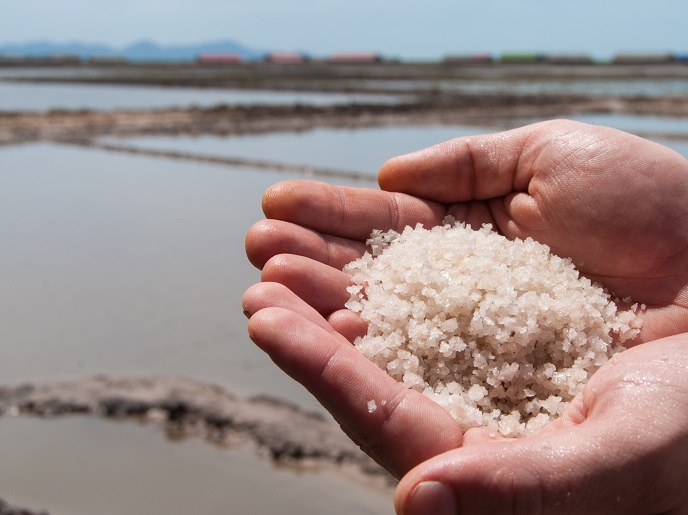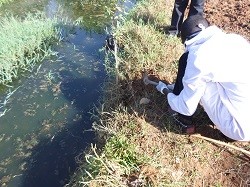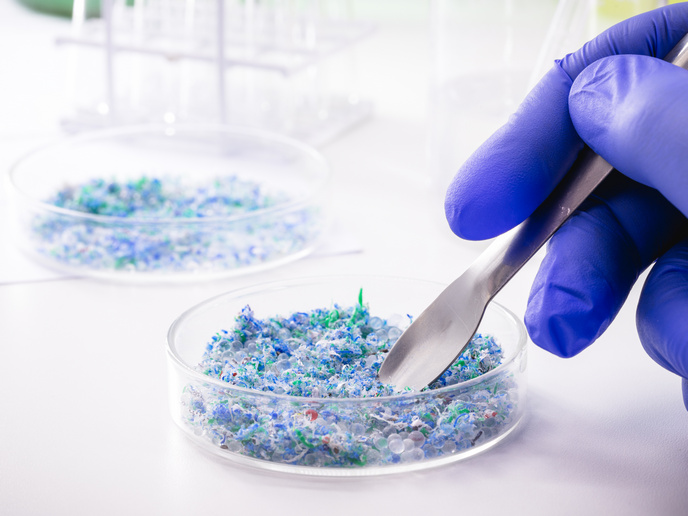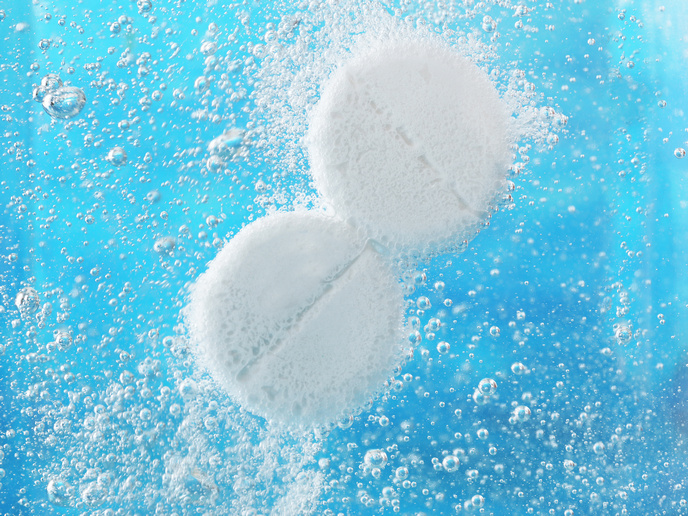Advancing the state of the art in sustainable water treatment
The purpose of water treatment is to improve the overall quality of water. While today’s water treatment techniques do a pretty good job at keeping our water clean, there are still a number of unmet challenges. Next to drug residues and organofluorine chemical compounds, known as PFAS, high-value nutrients such as nitrate and phosphate are often left behind. When left in the waste stream, these nutrients can have a negative impact on the environment. Helping clean up the water treatment process is the EU-funded E-motion project. “Our goal is to advance the selective recovery of ions, including nutrients such as phosphate, from water in a cost-effective, highly efficient and chemical-free way,” says Louis de Smet(opens in new window), a professor of Advanced Interfaces and Materials at Wageningen University(opens in new window), the project’s lead partner. To do so, the project turned to electro-driven separation.
Tuning ion selectivity
As de Smet explains, the electro-driven separation he uses employs porous electrodes to electro-adsorb specific ions from the waste water stream – a process referred to as capacitive deionisation, or CDI. It does this by integrating, for example, ion-selective polymeric membranes. “Think of the membrane as a net that filters the targeted nutrient from the waste water,” he adds. Sound straightforward enough? Not exactly. One challenge the project faced was that the ion size of phosphate makes it difficult to design a membrane through which only phosphate can pass. Instead, researchers shifted focus and went into rejection mode. “Rather than a membrane through which phosphate can pass, we focused on keeping phosphate in and letting all other anions go through,” notes de Smet. Through the combined expertise of the project’s multifaceted team, researchers managed to not only tune ion selectivity, but do so in a manner that goes beyond size-based exclusions. “We achieved this by adjusting the materials’ chemistry and by using sophisticated combinations of materials such as new electrode materials with coated and non-coated membranes,” explains de Smet
A better understanding of e-driven ion selectivity
According to de Smet, the project, which received support from the European Research Council(opens in new window), succeeded at providing new insights into e-driven ion selectivity via the tuning of material properties and the optimisation of system parameters. “All of the project’s outcomes help advance the state of the art in sustainable water treatment,” he concludes. Researchers are currently in the process of wrapping up their final studies. The team has secured additional funding from the Dutch Research Council(opens in new window), which will be used to explore other alternative electrode materials – including some nanomaterials currently used in energy storage applications – in the ion-selective separation processes.







